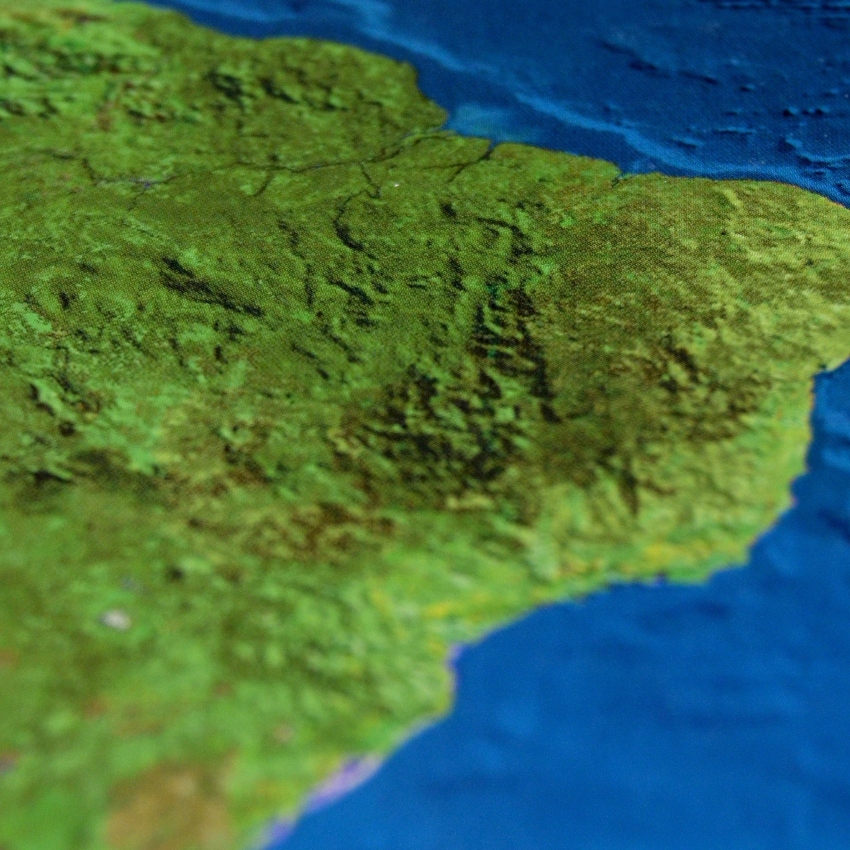Still with low penetration rates for e-commerce and banking access, Colombia's market grows 24% per year and presents extraordinary opportunities.
Representing 8% of the total Latin American e-commerce market, Colombia is the third biggest market in the region — behind only giants Brazil and Mexico — and represents an extraordinary opportunity for foreign merchants.
After all, e-commerce penetration in the region is still building up, there is plenty of room for new players to enter the Colombian market. So let’s take a look at the current landscape for online sales in the country, its opportunities and challenges, and the main changes happening right now that merchants must understand to reach success there.
Keep reading and dive into the latest entry in our exclusive series on how the consumers of each of Latam’s main markets shop and pay online, based upon data from BoaCompra by PagSeguro’s Digital Renaissance in Latin America white paper:
A rising market with major opportunities
With a 51% e-commerce penetration rate and 20 million e-shoppers, the Colombian online market should grow exponentially in the next few years, at a 24% annual rate in online sales volume.
This will lead the country’s e-commerce market to go from a $ 21 billion volume, in 2021, to a total of $ 41 billion by 2025. Currently, Colombia is the third biggest market among the six main countries of Latin America, which also include Brazil, Mexico, Argentina, Chile, and Peru.
And all of this potential for rising sales is due to the fact that, even with high growth rates in the next few years, e-commerce is still under penetrated in the country, with a $ 372 per capita spend among the country’s 51 million citizens. Unlike giants Brazil and Mexico, Colombia has not yet gone through an e-commerce boom, even during the pandemic, leaving a lot of untapped potential for merchants to dive into.
Alternative payment methods are key in Colombia
As is the case with each Latin American market, Colombia has its own peculiarities when it comes to how consumers pay when shopping online. It’s important to understand that accepting local payment methods is essential to reach success when selling there, so here’s what you must know about the Colombian payment landscape.
Colombia has an extremely high banking penetration rate: 90% of the adult population has a bank account, the third largest percentage in Latam, behind Brazil and Argentina. However, most of the people don’t own a credit card, which reaches only 16% of Colombians — when we consider all purchases, not just online shopping, over 70% of all of them are still paid in cash.
For online purchases, credit cards are the #2 method, representing 46% of total e-commerce — an indicator that online shopping is mostly done by banked Colombians, even if they are the minority of the country’s total population.
And unlike most of Latam, Colombians mostly use internationally-enabled credit cards for e-commerce (33%, against 3% of domestic-only cards). However, consumers frequently run into authorization problems, since many issuing banks in Colombia often decline international transactions due to a high risk of fraud. Thus, merchants that count on local processing, even for international cards, can enjoy a better approval rate with less risk.
Colombia’s move toward digital innovation
At the top sit bank transfers, with 40% of total online sales volume — the highest share for bank transfers in any Latin American country. This is mostly due to Botón PSE, an online payment platform belonging to the Colombian clearinghouse and proof that Colombian consumers are indeed open to digital payments, provided they have a secure, agile option.
Another interesting fact about Colombia’s payment landscape is that, since such a huge percentage of the population does not own a bank account, e-wallets are a common alternative for such consumers, representing 5% of online sales.
See how fundamental it is to be up-to-date with what’s going on in Colombia and other Latin American countries? Understanding how the local population pays and shops online is a key factor in whether or not foreign merchants will find success in these challenging markets, that represent major potential for business to players that adapt their processes to each target audience.
To understand more about selling to Colombia and the importance of local payment methods for your Latam strategies, click below to talk to us:





